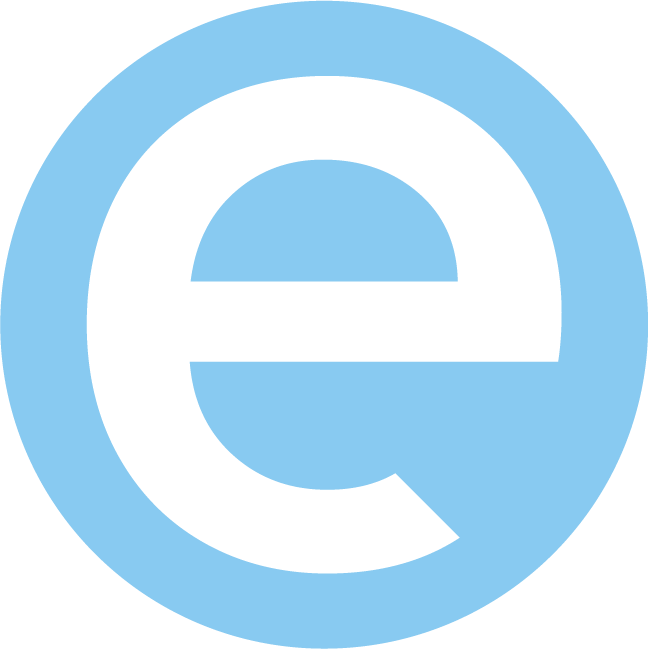
Case Studies
Free Consultancy Sessions
Here at Evolue we offer free consultancy sessions to potential new clients. This is a quick and inexpensive way of clients getting to know how Evolue can help them with real world examples of change and improvement. The free, typically half day session, aims to deliver real change and improvement to an actual challenge facing a client.
Below we show a real case study of how Evolue worked with a client during one of the free sessions and showcases the process followed, the actions taken and the metrics that showed the effectiveness and benefits of the change.
Fix Auto Harlow
Fix Auto Harlow is a successful business specialising in the repair of damaged vehicles. Typically if you have an accident in your car, your insurance company will get it repaired at a company such as Fix Auto.
Like many successful business’s, Fix Auto Harlow is wanting to improve and make efficiencies in what they do and also increase its customer base. After taking on a new large client, the leadership team knew they had to review the way in which work flowed through their business and the impact this change would have on its employees (old and new!). They have been seeing a lot of opportunities to improve but, struggling to find the time and focus to make changes or even know where to start - which improvement was the most important?
Initial Discussion
When we had our initial discussion with the leadership team at Fix Auto Harlow, neither party knew what to expect. Fix Auto Harlow were curious to what Evolue offered and what we could do to help them. They needed to see us in action. On our part, we had never worked with a client in this industry, most of our clients have been technology/healthcare centred and we had been used to working with employees who office based - not garage based! What did we know about how a panel beater/painter/prepper did their job?
We soon discovered, that some of the improvements that Fix Auto Harlow wanted to see were similar to those that we had experienced in other organisations we’ve partnered with. They had a lot on their minds, and they simply needed the time, focus, and facilitation to get it all out there for them to decide what they wanted to do with it all.
That is where the free half-day session comes into play - a chance for us to showcase what we do, but more importantly, time and space for them to think about what’s next for them in order to move forwards in handling their new large client and it’s impact on the business.
The session
It started with the 3 person Leadership team and timeboxed to 3 hours with the aim to achieve the following:
“To have created a change experiment (with actions, owners and metrics) that is intended to improve a current issue or exploit an opportunity.”
Given previous conversations, we knew they had a lot on their mind, so we needed to help them prioritise what was really important to them, and their mission as a business. We agreed to work with them on identifying a single, valuable change and taking action to instigate the change experiment that could be measured.
We used a structure (see image) to help break up the complexity of working through their ideas. Similar to coaching, identify some things, start small, and decide on the first step. We use this with a lot of clients we support because it’s effective. We can bend it to fit the contexts of different clients and their needs but essentially the process results in successful change on a small scale and builds the foundations for a successful transformation by building their change muscles.
Identify
The first step involved capturing all potential issues, challenges, improvements, or opportunities individually. These were then placed on a wall and clarified. Common topics emerged, forming 'themes' that would progress to the next stage. This process facilitates alignment and shared understanding among participants, revealing previously unrecognised issues, and creates a backlog for future reference.
The next step involves selecting one item to prioritise and act upon. With six different 'themes' identified, the leadership team deliberated on the most important and valuable one. Using a simple scoring system, each team member independently ranked the themes based on their perceived value. This sparked valuable discussions about the meaning of value, the associated effort, and how certain themes could serve as levers to improve others. Ultimately, the team chose to advance two themes: Process Flow improvements (including new business integration) and Employee Happiness.
Gauge Impact & Prioritise
Create Actions, Owners And Metrics
Teams often reach this stage and declare, "Right, we've pinpointed what's wrong and we're going to change it." However, identifying actions is just part of the story. Ownership and accountability are often overlooked but should always be integral to the process. Ownership is sometimes confused with who will carry out the tasks. Therefore, clarifying what being the owner means, whether it involves finding the right people to do the work, organising tasks to ensure completion, or facilitating the communication, is crucial for success. Another important aspect is measurement. The proposed changes are treated as 'experiments', as their outcomes are uncertain and could potentially worsen the situation. So it's essential to identify a metric that can be measured both before and after the change.
In this scenario, for the Process Flow theme, the action was to have a Value Stream Mapping workshop to document the current process. Subsequently, collaboration with employees aimed to enhance flow by eliminating or alleviating bottlenecks. The metric chosen was end-to-end delivery time. For the Employee Happiness theme, the action involved arranging feedback sessions with all employees to undergo an 'Identify' session similar to the one in this process, providing them with an opportunity to provide feedback on issues, problems, and opportunities they observe - enhancing their voice.
Communication
“A void of information is filled with cynicism and fear”
Lack of transparency and communication is one of the factors that can impede successful change. It is important that people feel part of the change and that they have a say in it. But before that, its vital that they understand why change is happening and what the aim is.
Before we started on the actions identified above, the leadership team called an all-company meeting. We walked through the reasons why Evolue were helping Fix Auto Harlow and walked through the process undertaken in the initial session. We then communicated the two areas we are concentrating on and invited comments, questions, concerns etc.
Interested?
If you are interested in how one of our free consultancy sessions could kickstart/restart your change journey, please contact us on the form below to discuss in more detail. We will work collaboratively with you on the content of these sessions to ensure it fits into your current context and is aligned to your requirements.




